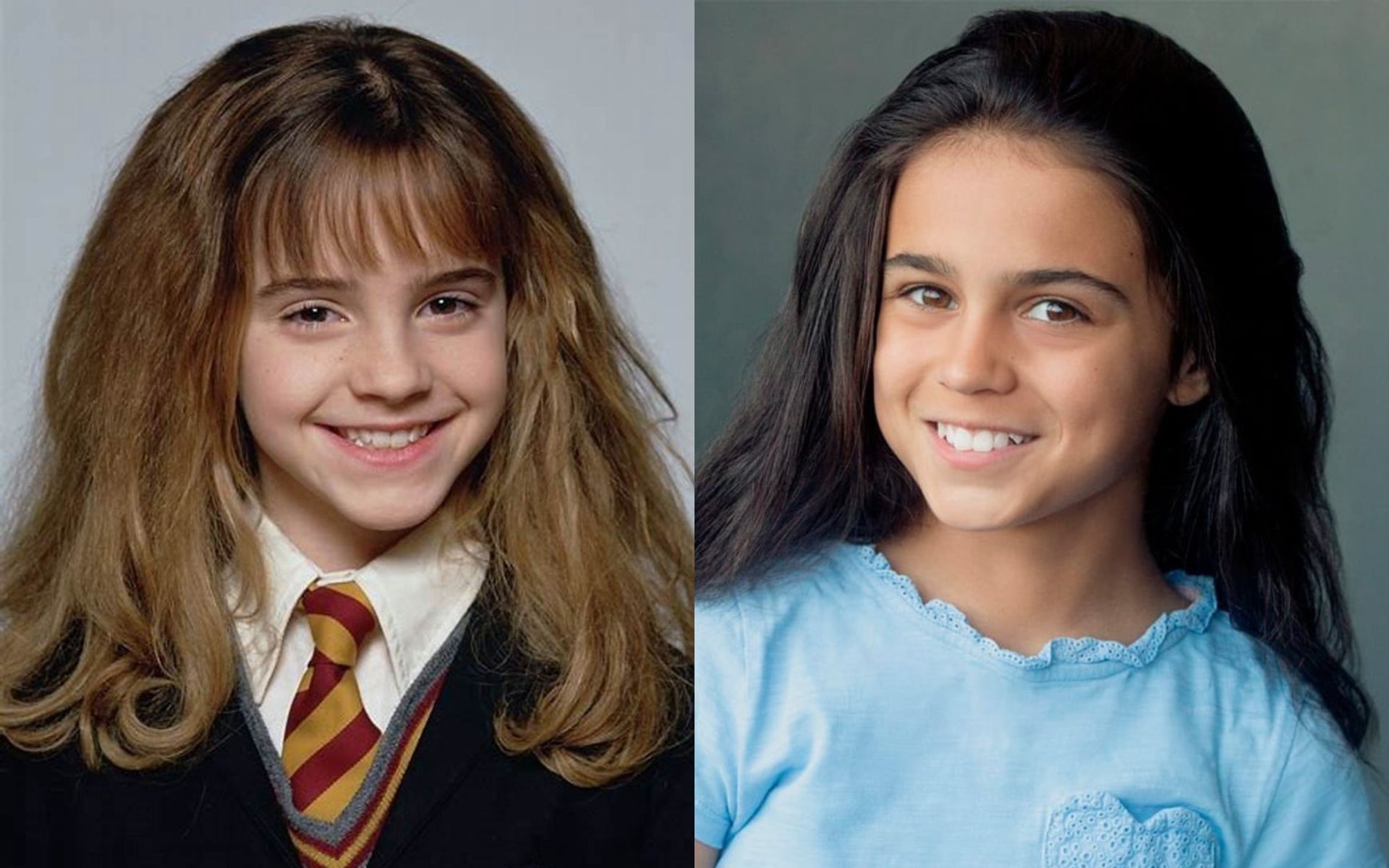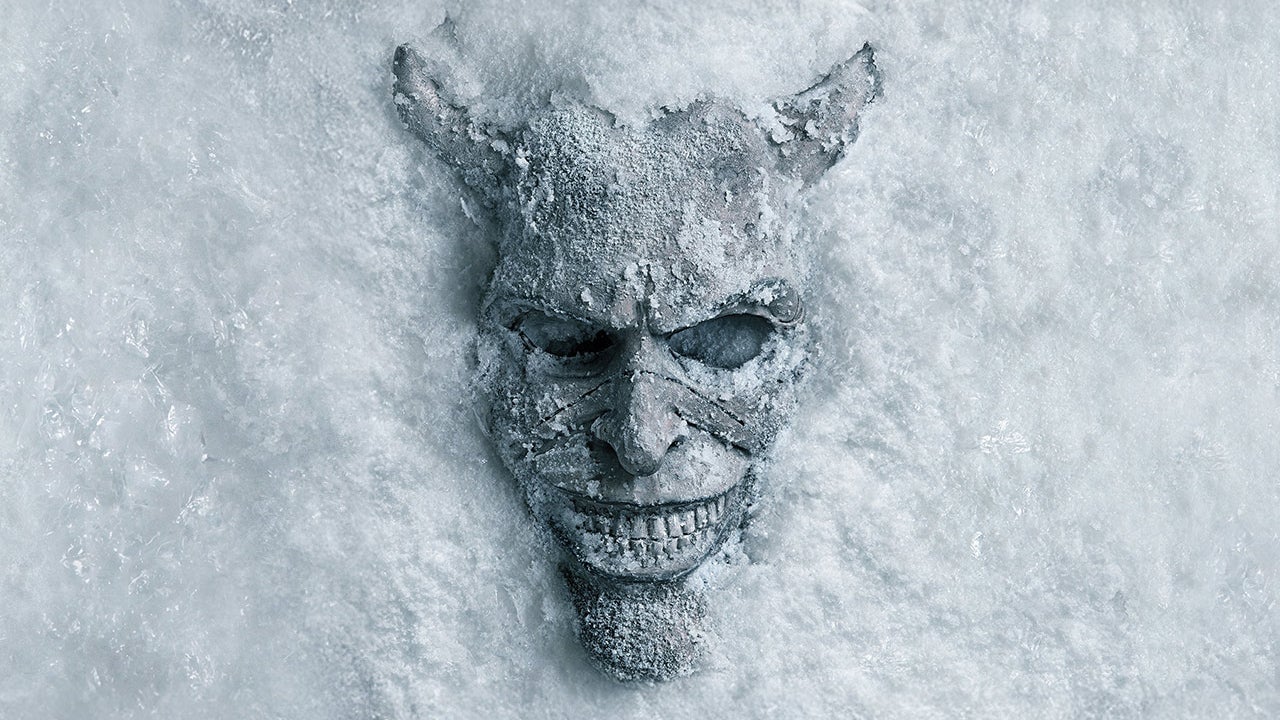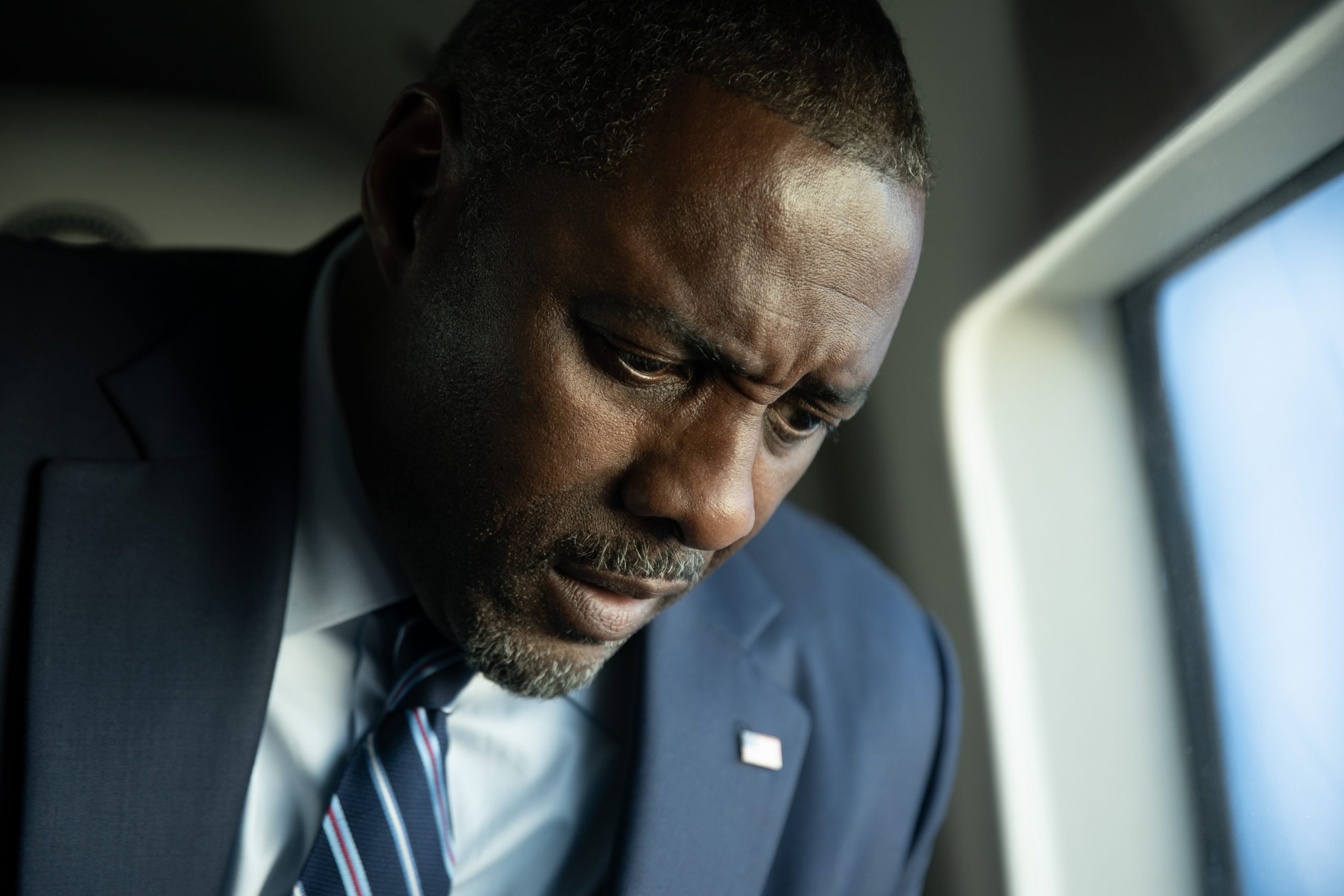What happened in the crash of Uruguayan Air Force Flight 571 has become a painful legend in Latin America.. Especially since its main characters kept secret what happened (or not) during their isolation in the snow. By the time the first direct evidence appeared in books and novels, the shocking story, halfway between drama and horror, had already made its way into the movies. But both René Cardona’s 1976 version and Frank Marshall’s 1993 version were mediocre musings on a broader theme. What can people do in search of survival in a critical situation?
On the contrary, Juan Antonio Bayona carefully reflects not on the nightmarish landscape and intricate details, but on the possibility of a miracle of the will. Your film Snow Society, is a study of man’s ability to overcome his limitations. And also an emotional look at a miracle that ultimately turned into a cruel and primitive need to survive. Meanwhile, the film is not a melodrama, but rather deepens the pain in a frank, honest and direct way. In addition, carefully analyze and based on the perception of its main characters, the fact of death and life, when both things seem essentially the same.
Based on the 2009 book of the same name by Uruguayan Pablo Vierci, the film moves away from exploitation of the tragedy and focuses on the analysis of its witnesses. A seemingly minor nuance transforms the story into a meticulously crafted chronicle of pain, fear and the persistence of hope. All very philosophical themes related to the disaster, but which the script by Bayona himself, Bernat Vilaplana and Jaime Márquez-Olearraga achieves with ease.
Horrifying details of the tragedy
But this does not mean that the director completely distances himself from the story of what became known due to the plane crash. Bayona dares to talk about the tragedy of the deaths of passengers, as well as an act of cannibalism that frightened an entire generation. But rather than using morbidity and sensationalism for something closer to body horror, He supports it on the grounds that anyone will do whatever it takes to survive.
Much of the film is based on this. Like the book, the script tells the first-hand experiences of survivors. The group of rugby players who fly with their families over the Andes mountain ranges are young and carefree. Therefore, facing frost and hunger requires each of them to turn to their reserves of faith and hope for salvation.

The dark side of fear
Of course, as the deaths of the wounded occur and fear takes its toll on the general mood, the plot becomes increasingly grim. Likewise, one is more prone to pessimism. The group no longer knows whether they will survive or are simply trying not to die. But in any case, they desperately cling to the opportunity to be saved.
This is when the decision to eat human flesh occurs. However, Bayona distances himself as much as he can, and as much as he can, from the idea of being tawdry or turning his cautious film into a horror chronicle. The sequences are direct, repulsive and painful, but above all they return to the central point of the room. Survival is a difficult and difficult journey. The director’s camera combines fear with panoramic shots of deserted places. Some of the film’s best scenes were filmed in real locations. And although everything else was done in real life, the overall effect is flawless.

Fear in all its forms
The loneliness in the snow overshadows the characters and turns them into victims of a horror that goes beyond the mere fact of appearance. Forgetfulness, the simple insignificance of human life, becomes increasingly painful. Juan Antonio Bayona also takes the time to delve deeper into the members of the Old Christians rugby team and bring some humanity to them. Also Numa Turcatti (Enzo Vogrincic), the common thread of all events.
From idyllic Montevideo to an accident captured between shock and screams of horror. Bayona uses a range of stylistic and narrative resources to tell her story in three moments. This allows the film to have a well-structured development in which every twist is well-reasoned and told. Even in the most difficult moments of the tragedy, when time seems to not fly and moves between the silent despair of the characters, the director has enough skill to convey emotions. At the same time, the darkest places of moral decisions that circumstances force them to make.
Hidden under the fuselage for warmth, hours and days pass until there is no other way to eat – or fight hunger – than to turn to the corpses. But Bayona doesn’t approach this topic with the deliberate intent to scare or displease. This episode is more of a symbol of the secret horrors that will remain with the group forever.

After all, tragic heroes
Of course, there are dirty edges to the plot, but not among its most brutal scenes. They are actually focused on salvation. Then there are the sad survivors who return to the world feeling destroyed by the mystery. It is then that the director points to the emotional center of the story. This is not a disaster movie. In fact, it is a bittersweet miracle that will leave its mark.
With a thoughtful ending, a narrative that leaves no detail unexplained, and careful photography, this is perhaps the best film ever made about this tragedy. She is probably imperfect in her correct and neutral view of what happened. But this distance, which closes as we delve deeper into the characters, is necessary to analyze the pain of something upsetting. Survival at a huge but inevitable cost.
Source: Hiper Textual












